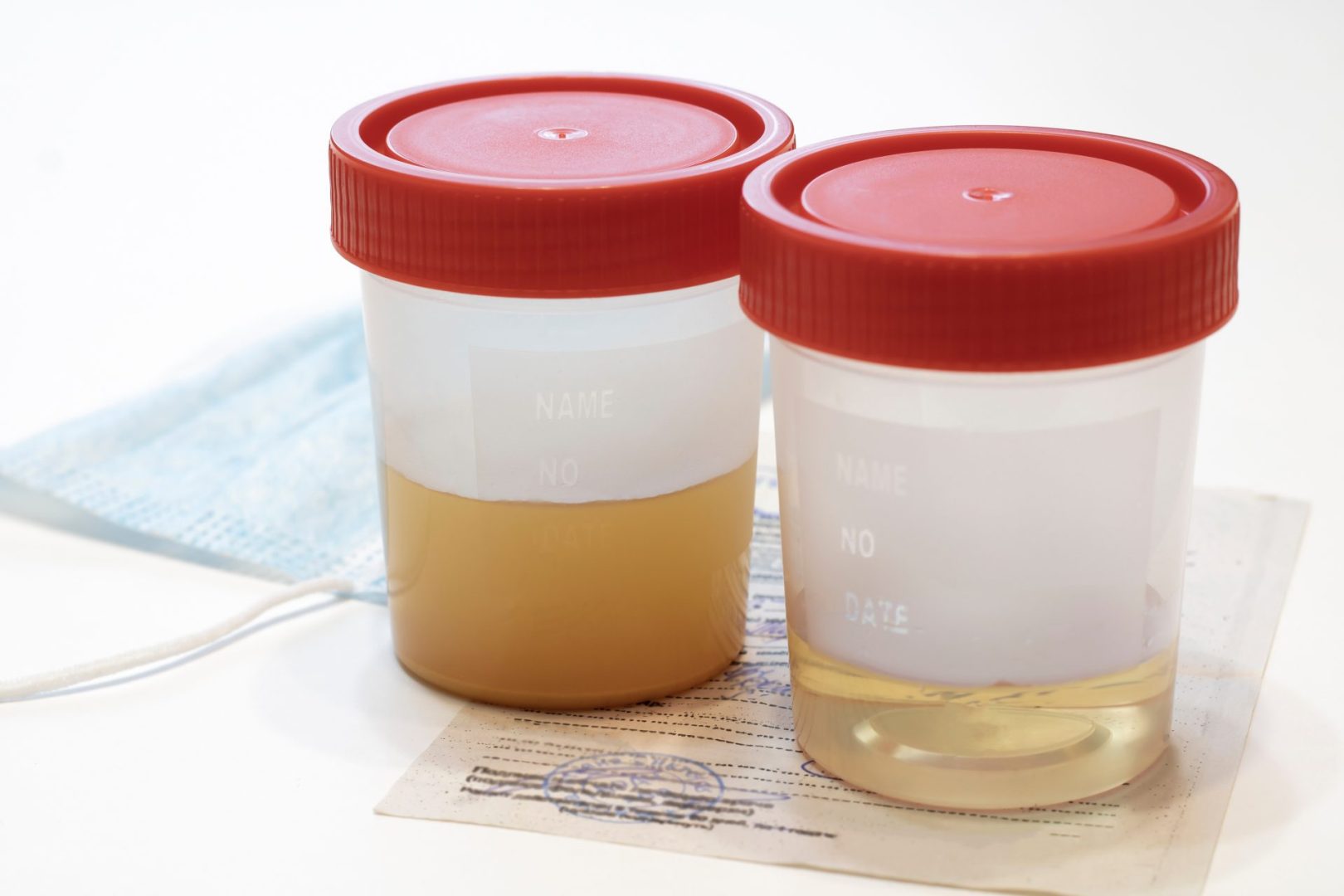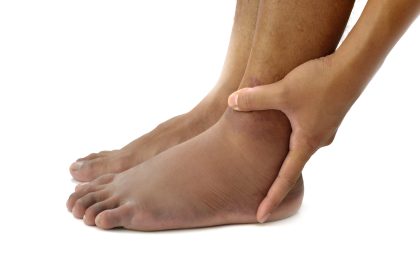Most people rarely think about the appearance of their urine unless something unusual catches their attention. Clear or pale yellow urine typically indicates good hydration and health, but occasionally, you might notice your urine looking cloudy, milky, or murky. This change can range from a temporary, harmless occurrence to a symptom of an underlying health condition requiring medical attention.
Cloudy urine happens when substances that don’t typically appear in urine—like white blood cells, red blood cells, bacteria, epithelial cells, crystals, mucus, fat, or phosphate—become present in higher amounts. The cloudiness results from these particles reflecting light differently than normal urine components.
Understanding the common causes of cloudy urine can help determine whether the change warrants medical attention or simple lifestyle adjustments.
Dehydration changes your urine’s appearance
The most straightforward explanation for cloudy urine often involves hydration levels. When the body lacks adequate water, urine becomes more concentrated as the kidneys conserve water. This concentration can cause urine to appear darker and sometimes cloudy due to the higher density of waste products, minerals, and compounds being excreted.
This type of cloudiness usually resolves quickly once proper hydration resumes. The body requires different amounts of water depending on factors like activity level, climate, and individual health conditions. While the standard eight glasses daily serves as a general guideline, optimal hydration varies between individuals.
Signs that dehydration might be causing cloudy urine include darker color, stronger odor, and reduced volume. If increasing water intake restores normal urine appearance within a day, dehydration was likely the culprit.
Urinary tract infections create cloudiness
Urinary tract infections (UTIs) represent one of the most common medical causes of cloudy urine. These infections occur when bacteria enter and multiply within any part of the urinary system—kidneys, ureters, bladder, or urethra.
Women experience UTIs more frequently than men due to their shorter urethras, which allow bacteria easier access to the bladder. However, men can develop UTIs too, particularly those with enlarged prostates or other urinary tract abnormalities.
Beyond cloudy urine, UTI symptoms typically include:
A burning sensation during urination Frequent urges to urinate, often producing small amounts Pelvic pain or pressure Strong-smelling urine Occasional presence of blood in urine
The cloudiness in UTI-related urine stems primarily from white blood cells and bacteria fighting the infection. This cloudiness doesn’t dissipate with increased water intake, though hydration remains important during treatment.
UTIs require medical attention and typically antibiotic treatment. Without proper care, these infections can spread to the kidneys, causing more serious health complications.
Kidney stones create distinctive changes
Kidney stones—hard deposits of minerals and salts that form in the kidneys—can cause urine to appear cloudy as they develop or pass through the urinary tract. These stones range from microscopic crystals to larger formations several centimeters in diameter.
When kidney stones begin to move from the kidney through the ureter toward the bladder, they often cause intense pain along with changes in urine appearance. The cloudiness results from increased minerals, possible bleeding, and inflammatory responses as the stones irritate the urinary tract lining.
Additional symptoms that suggest kidney stones might be causing cloudy urine include:
Severe, fluctuating pain in the side, back, or lower abdomen Pain that radiates to the groin Pink, red, or brown urine (indicating blood presence) Nausea and vomiting Difficulty finding a comfortable position Urinating more frequently or urgently
Smaller kidney stones often pass without medical intervention, though pain management may be necessary. Larger stones sometimes require medical procedures for removal. Proper diagnosis involves imaging studies like ultrasounds or CT scans, which can determine the size and location of stones.
Dietary factors influence urinary appearance
Your diet significantly impacts urine composition and appearance. Certain foods and supplements contain compounds that, when metabolized, can alter urine clarity.
Foods high in phosphorus can create cloudy urine after digestion as excess phosphates are excreted. Common high-phosphorus foods include dairy products, processed foods, carbonated beverages, and protein-rich foods like meat and poultry.
Similarly, high-calcium foods might contribute to cloudiness in some individuals, particularly those prone to calcium-based kidney stones. These include dairy products, fortified plant milks, certain leafy greens like kale, and calcium supplements.
Some vitamin supplements, particularly those containing B vitamins and vitamin C, can also affect urine appearance. B vitamins often create bright yellow urine, and extremely high doses of vitamin C might cause cloudiness in some cases.
Diet-related cloudiness typically resolves within a day as the body processes and eliminates these compounds. If cloudy urine persists despite dietary changes, other causes should be considered.
Reproductive and sexual health factors
Several reproductive and sexual health factors can contribute to cloudy urine, particularly in women. Vaginal discharge naturally contains various cells and fluids that might mix with urine during collection, creating an appearance of cloudiness.
During pregnancy, hormonal changes and increased pressure on the bladder can alter urine appearance. Pregnant women also face higher risks of developing UTIs, which commonly cause cloudy urine.
After sexual activity, fluids like semen or lubricants might mix with subsequent urine, temporarily creating cloudiness. This type of cloudiness resolves quickly and isn’t cause for concern if unaccompanied by other symptoms.
For both men and women, sexually transmitted infections (STIs) like chlamydia and gonorrhea can cause inflammation in the urinary tract, leading to cloudy urine. Unlike temporary cloudiness from sexual fluids, STI-related cloudiness persists and typically accompanies other symptoms like unusual discharge, genital discomfort, or pain during urination.
Kidney and bladder conditions create persistent changes
Various kidney and bladder conditions beyond UTIs and kidney stones can cause persistent cloudy urine. These conditions generally represent more serious health concerns requiring medical evaluation.
Glomerulonephritis—inflammation of the kidney’s filtering units—allows proteins and blood cells to leak into urine, creating cloudiness. This condition may develop after certain infections, due to immune system disorders, or from other kidney diseases.
Interstitial cystitis, a chronic bladder condition causing bladder pressure and pain, sometimes presents with cloudy urine during symptom flares. This condition predominantly affects women and can significantly impact quality of life.
Kidney disease, whether acute or chronic, often manifests through changes in urine appearance, including cloudiness. As kidney function declines, the organs struggle to properly filter waste and maintain fluid balance, allowing various substances to appear in urine at abnormal levels.
Bladder cancer, though less common, sometimes presents initially with cloudy urine containing blood that may not be visible to the naked eye. This type of cancer occurs most frequently in older adults and those with histories of smoking or chemical exposure.
Medication effects can alter urine clarity
Numerous medications can change urine appearance as a side effect. These changes don’t necessarily indicate problems with the medication but should be noted when evaluating causes of cloudy urine.
Antibiotics commonly affect urine appearance, sometimes creating cloudiness due to crystallization of medication components or changes in bacterial populations in the urinary tract.
Some blood pressure medications, particularly diuretics that increase urine production, might cause minerals to concentrate in urine, potentially creating cloudiness.
Certain pain relievers, especially when taken in high doses, can affect kidney function temporarily and alter urine appearance.
Medications containing contrast dyes used for imaging studies frequently cause temporary changes in urine appearance, including cloudiness, as the body eliminates these substances.
If a medication appears to be causing persistent cloudy urine, consult with a healthcare provider before making any changes to prescribed treatments.
When to seek medical attention
While temporary cloudy urine often resolves with simple interventions like increased water intake, certain situations warrant medical evaluation:
Persistent cloudiness lasting more than a few days despite increased hydration Cloudy urine accompanied by pain during urination Blood in urine (appearing pink, red, or cola-colored) Lower back or abdominal pain alongside urinary changes Fever, chills, or other signs of infection Cloudy urine during pregnancy Unexplained weight loss or fatigue with urinary changes
Early intervention for underlying conditions can prevent complications and ensure appropriate treatment. Most healthcare providers will request a urine sample for analysis, which can identify the specific cause of cloudiness through microscopic examination and chemical testing.
Prevention strategies for healthy urinary function
Several lifestyle approaches can help maintain urinary health and prevent conditions that cause cloudy urine:
Stay well-hydrated by drinking sufficient water throughout the day Practice good hygiene, including proper wiping techniques (front to back for women) Urinate promptly when needed rather than holding urine for extended periods Empty the bladder completely during urination Urinate shortly after sexual activity to flush the urethra Consume cranberry products, which may help prevent certain types of UTIs Limit alcohol and caffeine, which can irritate the bladder Maintain a balanced diet with moderate amounts of salt, protein, and calcium
These preventive measures support overall urinary tract health while reducing the likelihood of developing conditions that cause cloudy urine.
Understanding the body’s signals
The appearance of urine provides valuable information about hydration status, potential infections, and overall health. While cloudy urine often represents a temporary, easily resolved condition, it sometimes signals more significant health concerns requiring attention.
Paying attention to patterns and accompanying symptoms helps distinguish between minor fluctuations and potential health issues. Most causes of cloudy urine respond well to appropriate treatment, whether through simple lifestyle adjustments or medical interventions.
By understanding the common causes of this urinary change, you can make informed decisions about when to seek medical guidance and when simple self-care measures might suffice. As with many health indicators, context matters—cloudy urine alone isn’t necessarily concerning, but combined with other symptoms, it warrants proper evaluation.


















